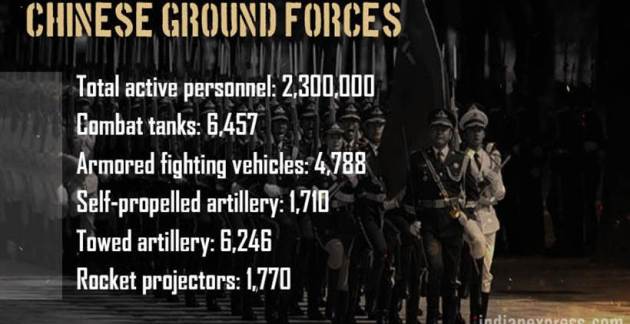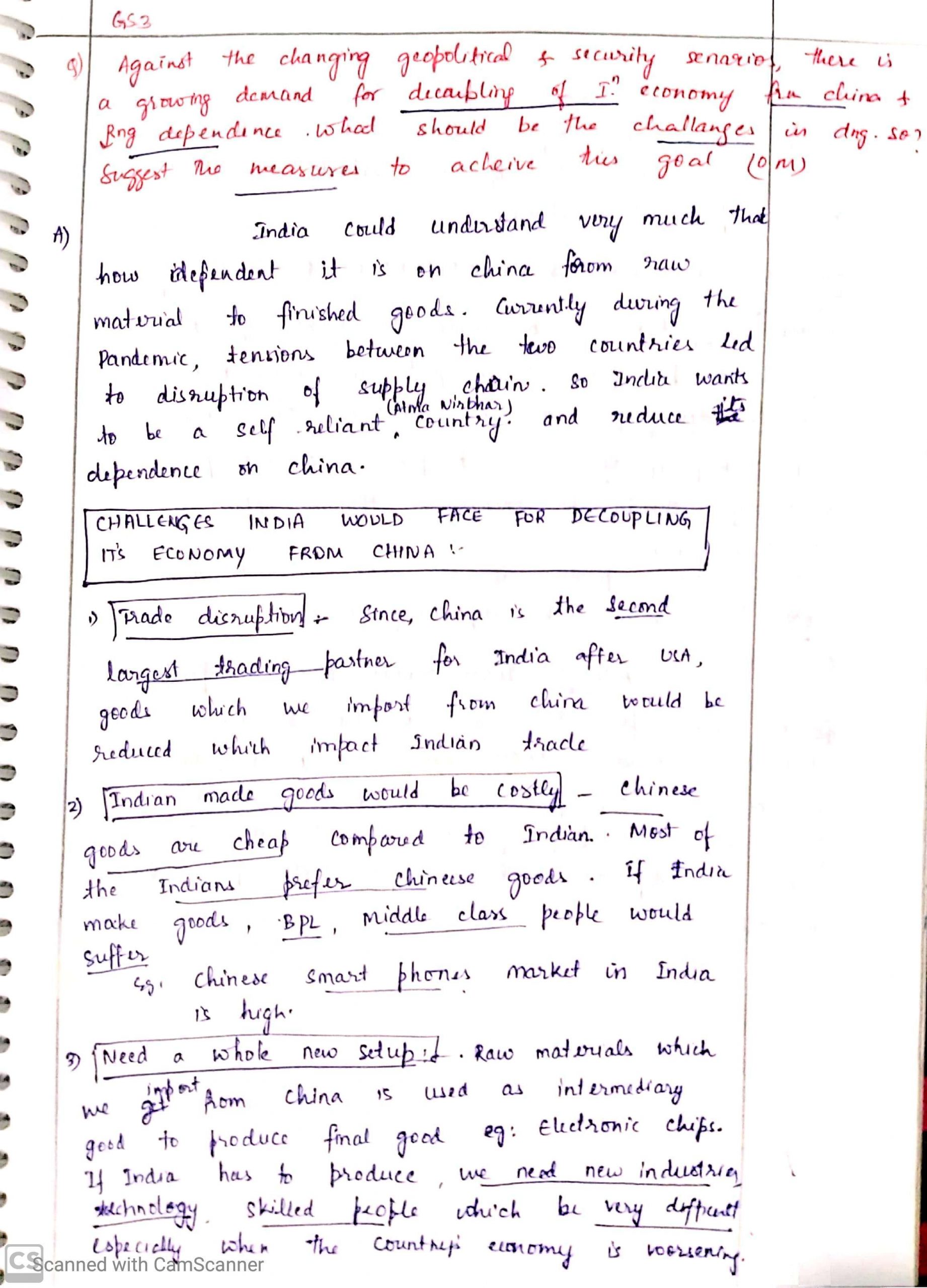50 Years Of Tension: India's Bold Military Action Against Pakistan

Table of Contents
The 1965 War: A Clash of Ideologies and Territories
The 1965 Indo-Pak War, a significant event in the India-Pakistan conflict, stemmed from unresolved issues surrounding the Kashmir dispute and Pakistan's Operation Gibraltar, a covert infiltration operation into Indian-administered Kashmir. Key battles raged across various fronts, including the Rann of Kutch and the crucial battles for Lahore and Sialkot. Both sides employed diverse military strategies, showcasing differing approaches to warfare.
- Causes: The war's genesis lay in the unresolved Kashmir issue, exacerbated by Pakistan's Operation Gibraltar, aiming to incite an insurgency in Kashmir.
- Key Battles & Strategies: India's defensive initial strategy shifted to offensive action, leading to intense fighting around Lahore and Sialkot. Pakistan's focus was on exploiting the perceived vulnerabilities in the Indian defenses.
- Outcome & Tashkent Agreement: The war concluded with a stalemate, resulting in the Tashkent Agreement, brokered by the Soviet Union. While achieving a ceasefire, the agreement failed to address the underlying Kashmir dispute, sowing the seeds for future conflicts. The long-term implication was a continuation of the uneasy peace and heightened military preparedness on both sides.
- International Response: The international community largely called for a ceasefire, highlighting the global concern about the escalating conflict between the two nations. The war's impact underscored the global implications of the ongoing India-Pakistan conflict.
The 1971 War: The Birth of Bangladesh and its Aftermath
The 1971 Indo-Pak War, also known as the Liberation War of Bangladesh, witnessed India's decisive intervention in East Pakistan (now Bangladesh). The war was precipitated by the humanitarian crisis and widespread repression in East Pakistan, fueled by the actions of the Pakistani military against the Bengali population. The Mukti Bahini, the Bengali liberation force, played a crucial role alongside the Indian armed forces. Operation Chengiz Khan, Pakistan's defensive strategy, proved ineffective against the combined force.
- Mukti Bahini and Humanitarian Crisis: The brutal suppression of the Bengali population by the Pakistani military sparked a massive refugee exodus into India, creating a humanitarian crisis that profoundly influenced India's decision to intervene.
- India's Military Intervention: India's intervention was strategically aimed at supporting the Mukti Bahini and preventing further atrocities. It also had implications for the geopolitical balance in the region.
- Consequences and Geopolitical Repercussions: The war resulted in the creation of Bangladesh, significantly altering the geopolitical landscape of South Asia and reshaping the India-Pakistan dynamic.
- Simla Agreement: The Simla Agreement, signed in 1972, aimed to normalize relations, but the underlying tensions concerning Kashmir persisted, influencing future military actions and the ongoing India-Pakistan conflict.
Kargil War (1999): A High-Altitude Confrontation
The Kargil War of 1999 witnessed a significant escalation along the Line of Control (LoC) in Kashmir. Pakistani infiltrators occupied strategic positions in the Kargil sector, prompting India's Operation Vijay. The high-altitude terrain presented unique challenges for the Indian military, leading to intense and protracted battles.
- Pakistani Infiltration: The infiltration of Pakistani soldiers and militants into Indian-administered Kashmir ignited the conflict. The strategic positions captured posed a significant threat to Indian interests.
- India's Military Response and Challenges: Operation Vijay faced logistical and tactical challenges due to the harsh terrain and weather conditions. The battle was characterized by close-quarters combat and high casualties.
- International Pressure and Diplomacy: International pressure played a critical role in ending the conflict, with both nations facing criticism for escalating the tensions. Diplomatic efforts emphasized de-escalation and a return to the status quo ante bellum.
- Long-Term Impact on the LoC: The Kargil War significantly altered military strategies along the LoC, leading to enhanced surveillance and defensive measures by both sides. This event cemented the understanding of the volatile nature of the India-Pakistan conflict.
Surgical Strikes (2016 & Post-2016): A New Era of Military Doctrine?
The surgical strikes conducted by India in 2016 and subsequent operations represent a significant shift in military doctrine, focusing on preemptive strikes against terrorist infrastructure across the border. These operations, often described as asymmetric warfare responses, followed major terrorist attacks like the Uri and Pathankot attacks. The effectiveness and long-term implications of this approach remain a subject of debate.
- Context of the Surgical Strikes: The strikes were carried out in response to specific acts of cross-border terrorism, aiming to deter future attacks and demonstrate India's resolve.
- Nature of Operations and Claimed Outcomes: The details surrounding the strikes remain somewhat classified, with the Indian government claiming significant success in targeting terrorist training camps and infrastructure.
- Implications for Regional Stability and Escalation of Tensions: The strikes heightened tensions between India and Pakistan, raising concerns about the potential for escalation. The strikes exemplified the complexities of addressing cross-border terrorism.
- Debate on Effectiveness and Long-Term Implications: The effectiveness of surgical strikes as a deterrent remains a subject of ongoing debate, with some arguing they escalate tensions while others see them as necessary responses. This debate is central to understanding the dynamics of the India-Pakistan conflict.
Conclusion
This article has examined several key instances of India's bold military actions against Pakistan, highlighting the complex and often volatile nature of their relationship. Each conflict, from the 1965 war to the more recent surgical strikes, has left a lasting impact on the geopolitical landscape and the ongoing tension between the two nuclear powers. The Kashmir dispute remains the central point of contention, fueling cycles of conflict and contributing to the enduring instability.
Understanding the history of India's bold military actions against Pakistan is crucial to comprehending the present-day dynamics in South Asia. Further research into these conflicts, including analysis of individual battles, diplomatic efforts and the role of external actors, is necessary to gain a comprehensive understanding of this enduring rivalry. Continue exploring this important aspect of international relations and the history of the India-Pakistan conflict.

Featured Posts
-
 Surge In Dwp Home Visits Benefit System Under Scrutiny
May 08, 2025
Surge In Dwp Home Visits Benefit System Under Scrutiny
May 08, 2025 -
 Canadian Dollars Strength A Cause For Concern
May 08, 2025
Canadian Dollars Strength A Cause For Concern
May 08, 2025 -
 Inter Milan Vs Fc Barcelona Watch The Champions League Live
May 08, 2025
Inter Milan Vs Fc Barcelona Watch The Champions League Live
May 08, 2025 -
 Xrp Price Prediction After A 400 Jump Where Does It Go From Here
May 08, 2025
Xrp Price Prediction After A 400 Jump Where Does It Go From Here
May 08, 2025 -
 Is The Great Decoupling Inevitable Exploring Potential Scenarios
May 08, 2025
Is The Great Decoupling Inevitable Exploring Potential Scenarios
May 08, 2025
